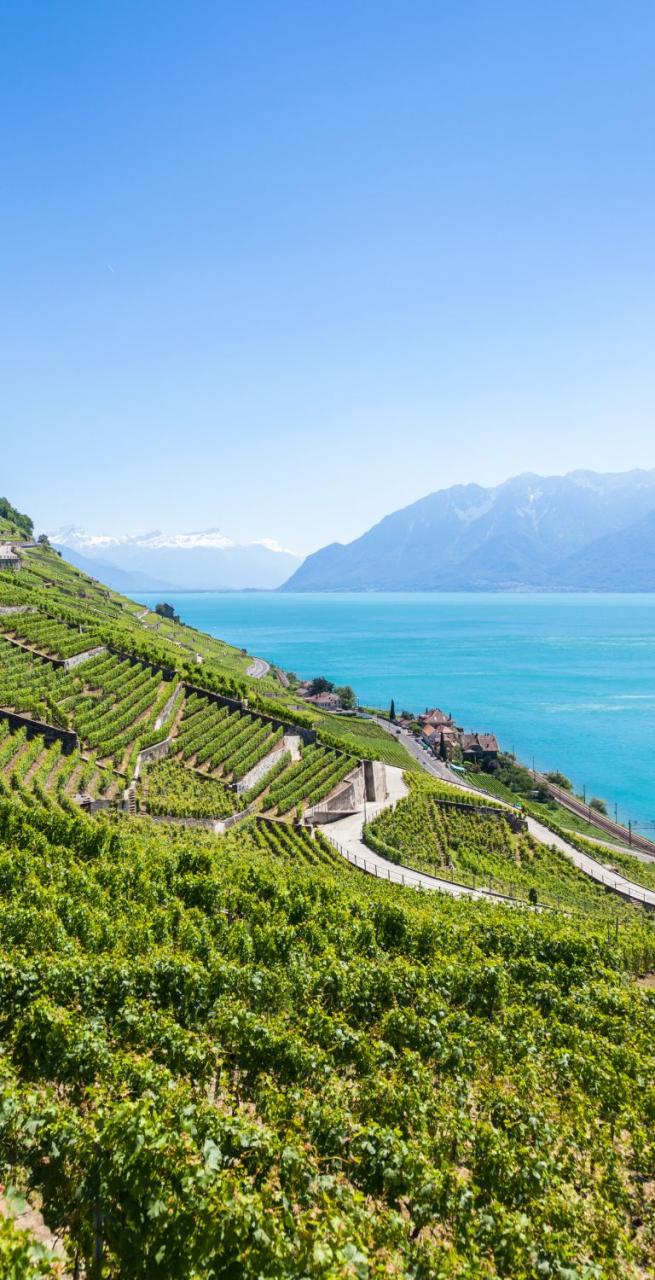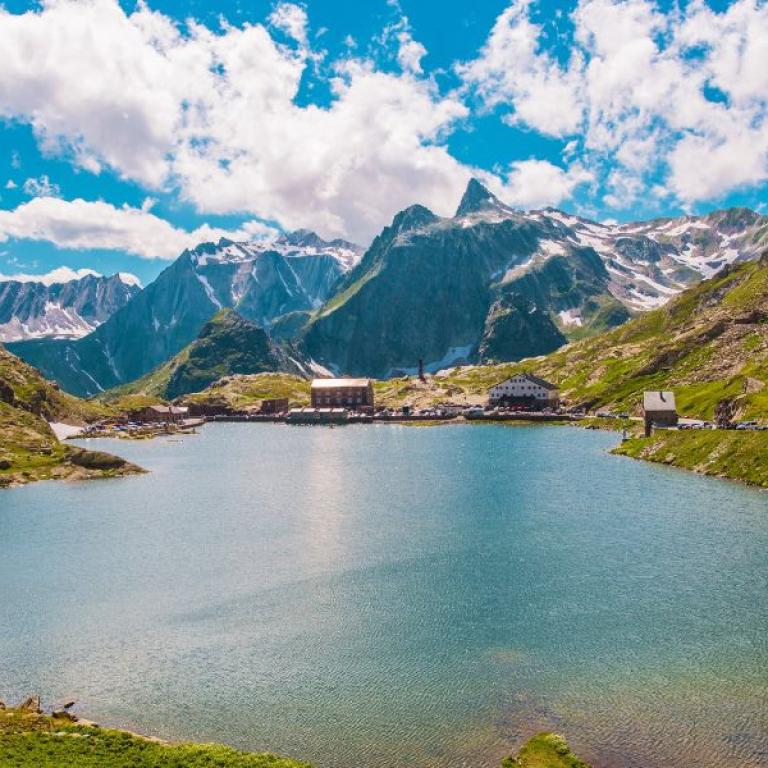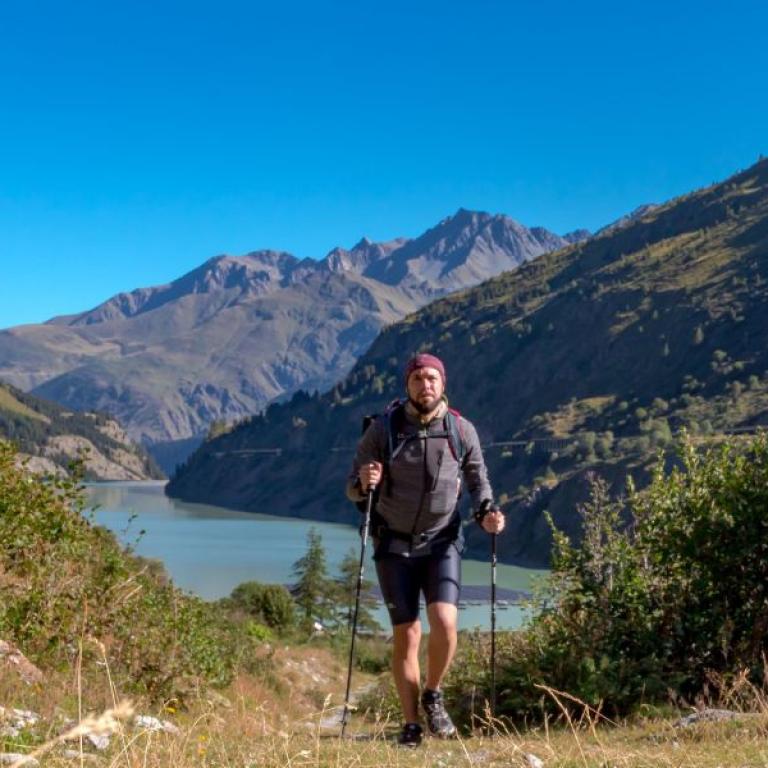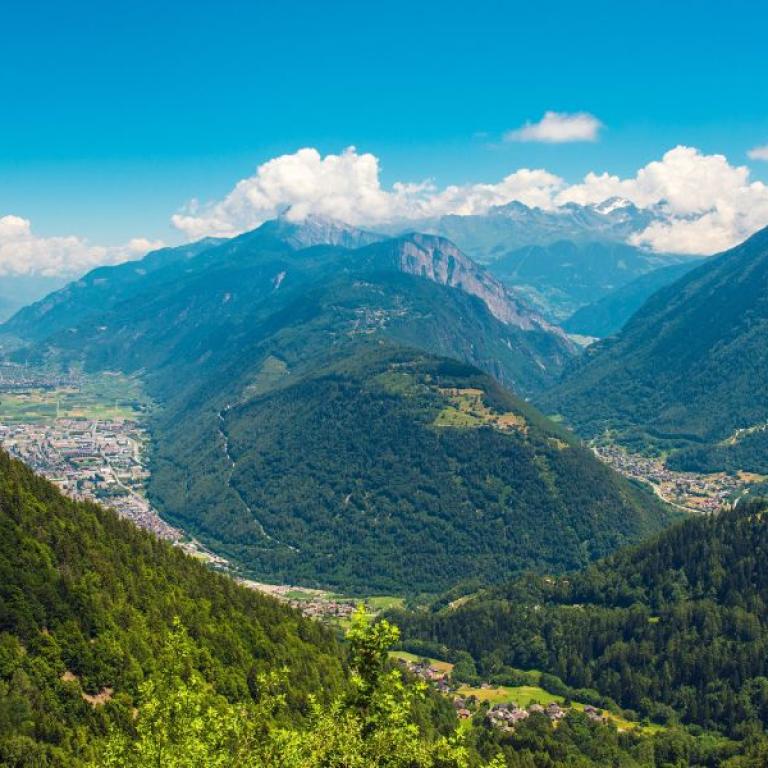Picture Lausanne, a lively city snugly tucked in the Swiss canton of Vaud, right by the calm waters of Lake Leman. This is where your alpine escapade along the Via Francigena kicks off – a journey that's like opening a treasure map of adventure.
Starting out, you stroll along the lake's edge, the peaceful vibe a prelude to the excitement ahead. Winding through the Rhone valley, you gradually make your way up, step by step, as if nature herself is pulling you towards the majestic Alps. And there it is, the alluring call of Italy, promising an unforgettable ride.
From Bourg Saint Pierre, high up in the Swiss Alps, the trail becomes a bit of a scramble, guiding you through mountain paths that have stood the test of time. Your destination? The old hospital cared for by the Agostinian Friars – a place that's been a safe haven for pilgrims for more than a thousand years. These kind folks and their trusty dogs have saved countless lives along the way.
As you soak in the scenery, a stunning pass comes into view. Imagine a little lake reflecting the towering mountains around it – a reward that's worth every step. And here's the cool part: with that next step, you're officially in Italy. The Italian stretch of the Via Francigena begins, inviting you to follow its ancient route to Rome and Brindisi, a doorway to the Holy Land.

.png)
This itinerary is carried out with funding of Routes4U, joint programme between the Council of Europe and European Union. read more >>











